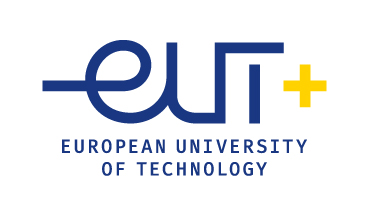Document Type
Article
Disciplines
5.3 EDUCATIONAL SCIENCES
Abstract
The UNESCO defines the concept of interculturality as “the existence and equitable interaction of diverse cultures and the possibility of generating shared cultural expressions through dialogue and mutual respect,” according to the article 4.8 of the Convention on the Protection and Promotion of the Diversity of Cultural Expressions.3 A derivative of this concept would be ntercultural awareness,” which can be defined as the conscious understanding, free of clash, of he fact that people from different cultures have different values. In contrast to interculturality, which accepts and assimilates ways of living and thinking from different cultures, multiculturality simply refers to juxtaposed cultures that coexist in a single environment, though not exposed to partial assimilations among them.
This paper focuses on a recent experience carried out within the EUT+ frame, a pilot project based on interculturality and German as a foreign language that could be transferred to the rest of partners on a larger scale in the future. Entitled “DACADU: Interkulturelles Projekt,” the project has included students of German of three different universities (Darmstad, Dublin and Cartagena) with language levels ranging from A1 to C1. The initiative is inspired in a “logbook” recently published by the Bundeszentrale für Politische Bildung, an official organism that works for the effective integration of migrants in Germany. The logbook teaches young migrants not only through language, but also by means of allowing the two cultures of the participants (the one left behind, and the new one) blend and interact with the help of a variety of activities that encourage self-reflection, discussion, and language awareness itself.
Developed during the second term of the 2021-2022 academic year, this paper discusses the different phases of the project, with special attention to: a) the nature of the tasks/topics assigned and the materials produced; b) the sequencing of the project; c) the evaluation tools designed, aimed both at measuring the degree of satisfaction among students and related issues (motivation, learning enhancement, raise of awareness), and the improvement in the acquisition of language and intercultural content. All in all, the experience provides a practical example of how to deal with inclusive practices in Higher Education through language learning and interculturality.
DOI
https://doi.org/10.21427/ed7y-7w45
Recommended Citation
Carbajosa, N., Morgret, S., Spencer, C. & Hameister, U. (2022). Working with the intercultural competence in higher education as a path towards inclusion: a practical example from EUT+. In Re-imagining higher education through equity, inclusion and sustainability (RISE). Proceedings of the 2nd. EUt+ International Conference on Equality, Diversity and Inclusion, Technical University of Sofia, Sozopol, Bulgaria, 1-3 September. doi:10.21427/ed7y-7w45
Creative Commons License

This work is licensed under a Creative Commons Attribution-NonCommercial-Share Alike 4.0 International License.



Publication Details
In Re-imagining higher education through equity, inclusion and sustainability (RISE). Proceedings of the 2nd. EUt+ International Conference on Equality, Diversity and Inclusion, Technical University of Sofia, Sozopol, Bulgaria, 1-3 September.
doi: 10.21427/pqq1-1q52